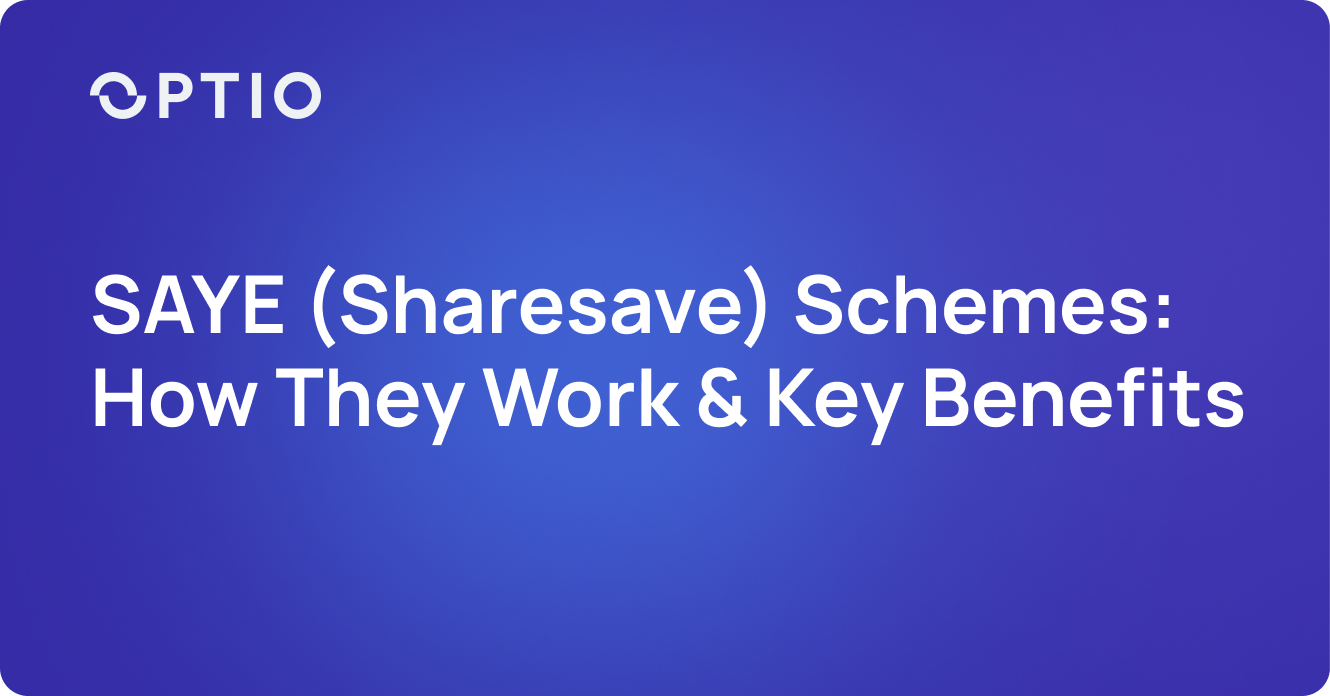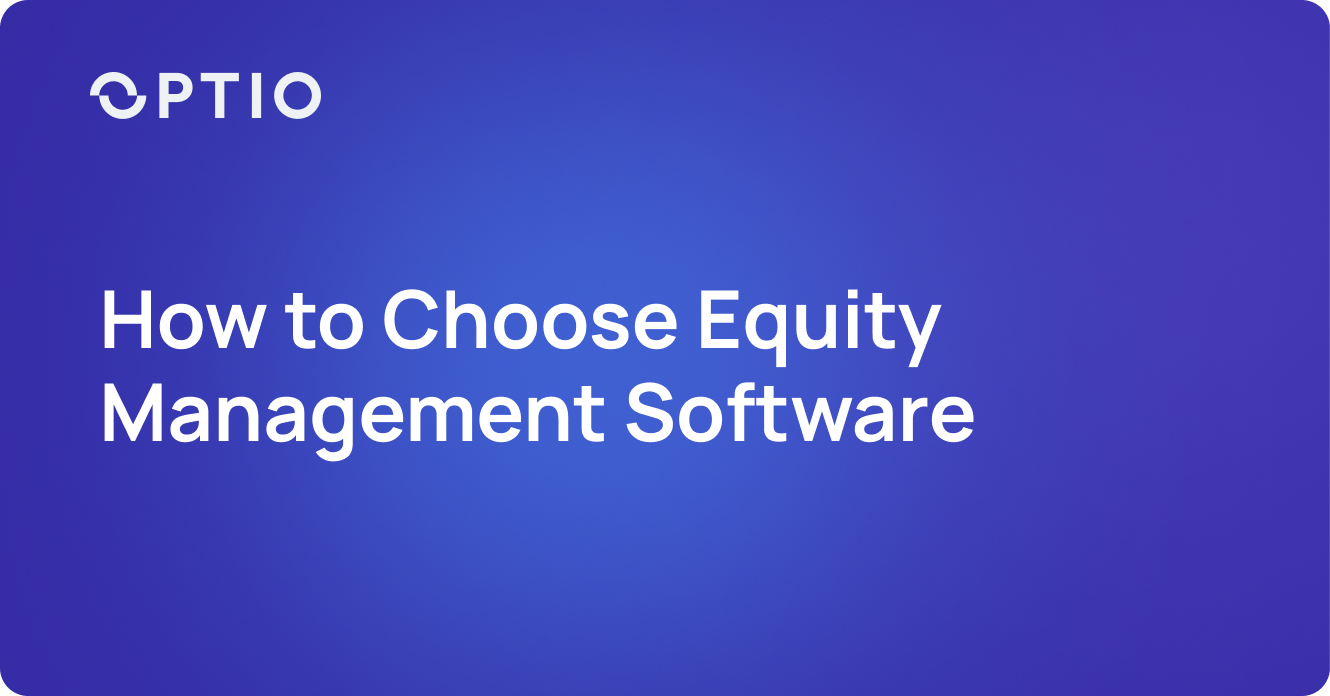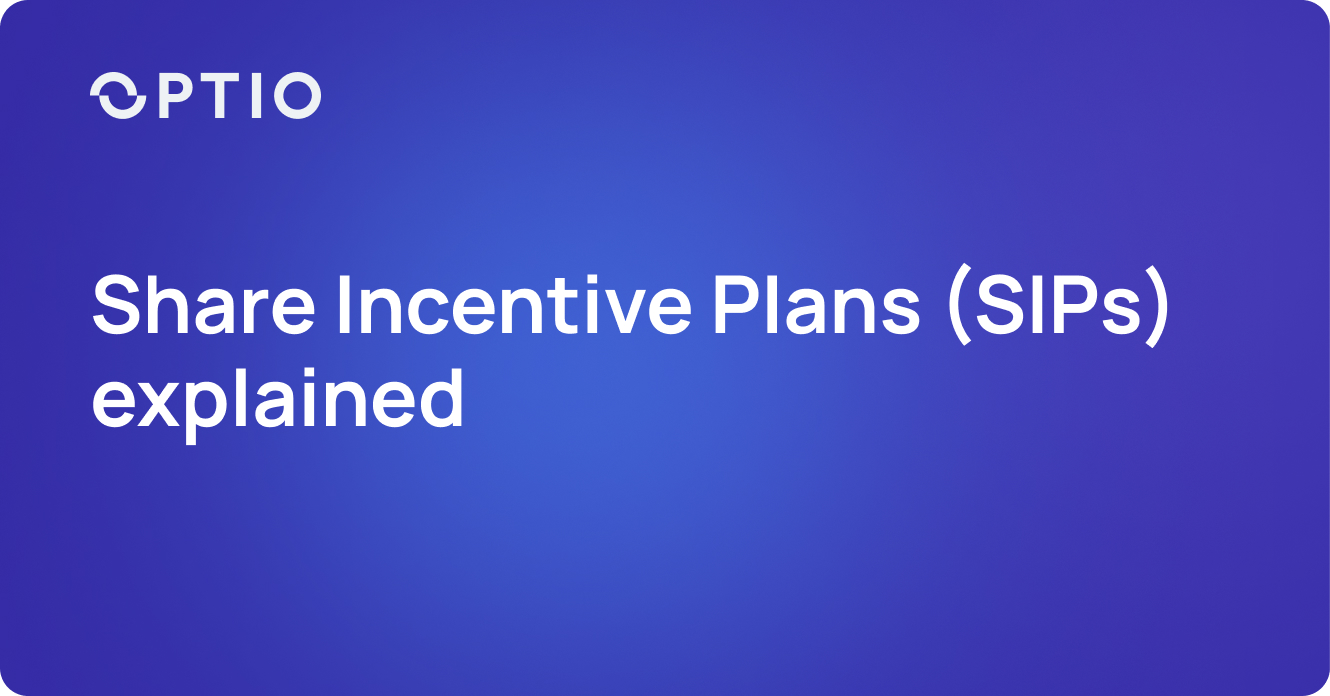Summary
SAYE (Save As You Earn) lets UK employees save £5 – £500 a month for 3 or 5 years, then buy company shares up to 20% below the grant-day price. The discount, bonus, and interest are free of Income Tax and NICs, and you can move the shares into an ISA within 90 days to avoid future CGT.
Sharesave schemes, also known as Save As You Earn (SAYE), are a type of employee share plan available in the United Kingdom. These schemes are approved by the UK government and follow specific tax rules.
Employees who join a SAYE scheme agree to save a fixed amount of money each month. After a set period, usually three or five years, they can use the savings to buy shares in their employer's company at a price that was fixed at the start of the scheme.
SAYE schemes are designed to be low-risk and accessible to a broad range of employees. They are used by many UK companies as a way to offer employees the opportunity to become shareholders. According to Employee Share Schemes statistics by HMRC, SAYE became the largest contributor to Income Tax and National Insurance Contribution (NIC) relief in the tax year ending 2024, delivering £490 million in savings to employees.
What Is a Sharesave (SAYE) Scheme?
A Sharesave (SAYE) scheme is a UK tax-advantaged employee share plan that lets staff save money monthly to potentially buy company shares later.
Employees save between £5 and £500 per month for either 3 or 5 years. Finally, they can use this money to buy shares at a prices set when they joined, up to 20% below the original market value.
The beauty of SAYE is its flexibility. If the share price rises, employees can buy at the discounted price and potentially make a profit. If the share price falls below the option price, employees can simply take their savings back with no loss.
- Low risk: Employees never lose their savings, even if share prices drop
- Tax efficiency: No income tax or National Insurance on the share discount
- Accessibility: Available to all eligible UK employees with similar terms, though they can require a minimum service period of up to 5 years.
HMRC (HM Revenue & Customs) sets the rules for these schemes, ensuring they follow UK tax regulations while providing benefits to both employees and employers.
How SAYE Schemes Work for UK-Based Employees
The SAYE process follows a straightforward timeline from enrollment to decision-making at maturity.
1. Sign-Up and Monthly Savings
Companies invite eligible employees to join during an enrollment period. Employees decide how much they want to save each month (£5-£500) and choose either a 3-year or 5-year savings contract. The money is automatically deducted from their net pay and placed into a special SAYE savings account.
2. Discounted Share Option
When joining, employees receive an option to buy company shares at a fixed price. This price can be up to 20% lower than the market value on the grant date. This price remains the same throughout the entire savings period, regardless of how the actual share price changes.
For example, if shares are worth £10 when the scheme starts, the option price might be set at £8 (a 20% discount). Even if the market price rises to £15 by the end, employees can still buy at £8.
3. Maturity and Decision Time
When the savings period ends, employees have up to six months to decide what to do. They can:
- Use their savings to buy shares at the option price
- Take all their savings back in cash
- Buy some shares and take the rest in cash
This decision typically depends on whether the current market price is higher or lower than the option price.
Who Is Eligible to Join a SAYE Scheme?
SAYE schemes follow specific eligibility rules set by HMRC. Companies must offer the scheme to all UK employees on similar terms. Companies can set different limits (e.g. lower for senior staff) as long as these differences are proportionate and non-discriminatory.
Most companies make their schemes widely available to maximize participation. Typical eligibility includes:
- UK-based employees of the company or group
- Minimum service requirement (often 6-12 months)
- Both part-time and full-time employees
- Executive and non-executive staff, including directors
The inclusive nature of SAYE schemes makes them popular for building company-wide share ownership, unlike executive-only plans that are limited to senior management.
How Much Can You Save with a Monthly Savings Account?
In a SAYE scheme, employees choose a fixed monthly amount between £5 and £500. This adds up overtime, creating a potential fund for share purchases.
|
Monthly Contribution |
3-Year Total |
5-Year Total |
|
£50 |
£1,800 |
£3,000 |
|
£100 |
£3,600 |
£6,000 |
|
£250 |
£9,000 |
£15,000 |
|
£500 |
£18,000 |
£30,000 |
SAYE bonus rates are automatically adjusted based on changes to the Bank of England's base rate, which is governed by an automatic mechanism established by HMRC.
Employees can participate with as little as £5 per month, making share ownership accessible to staff at all income levels.
What Happens at the End of the Saving Period?
The maturity of a SAYE scheme occurs when employees make significant decisions about their savings and share options.
1. Buying Shares
If the current market price is higher than the option price, buying shares can be advantageous. Employees use their savings to purchase shares at the discounted price set years earlier.
For example, if an employee saved £3,600 over 3 years and the option price is £2 per share, they could buy 1,800 shares. If those shares are now worth £3 each on the market, the shares would be worth £5,400, which means a £1,800 gain.
2. Withdrawing Savings
If the market price has fallen below the option price, employees can simply take their savings back. There's no obligation to buy shares, which protects employees from losing money on their investment.
This "money-back guarantee" is what makes SAYE schemes particularly low risk compared to other share plans.
3. Potential Bonus
Some schemes include a tax-free bonus at maturity, similar to interest. The bonus rates are set by HMRC and depend on economic conditions. Employees receive this bonus whether they choose to buy shares or take the cash.
Tax Advantages and HMRC Considerations
SAYE schemes offer significant tax benefits that make them attractive to both employees and employers.
Income Tax and National Insurance
The main tax advantage is that employees don't pay income tax or National Insurance on the difference between what they pay for the shares and what they're worth. This can represent substantial savings.
For example, if an employee buys shares worth £10,000 for £8,000 (using the 20% discount), the £2,000 difference isn't taxed as income, unlike regular bonuses or salary increases.
To maintain these tax advantages, employees need to:
- Complete the full savings period (except in "good leaver" situations)
- Follow the scheme rules as approved by HMRC
- Exercise their options within six months of maturity
Capital Gains Implications
When employees sell their shares, they might need to pay Capital Gains Tax (CGT) on any profit. However, there are ways to minimize or avoid this:
- Use the annual CGT allowance (£3000 for 2024/2025 tax year)
- Transfer shares to an Individual Savings Account (ISA) within 90 days of purchase
- Transfer shares to a pension directly from the scheme
These options allow employees to potentially realize gains from their shares with minimal tax impact.
Key Highlights
|
Event |
Income Tax/NIC |
Capital Gains Tax |
Notes |
|
Grant |
£0 |
— |
No tax on receiving the option |
|
Maturity & Exercise (>= 3 years) |
£0 on discount, interest, bonus |
CGT only on gain above annual allowance if shares sold outside ISA/pension |
|
|
ISA Transfer (within 90 days of purchase) |
— |
No CGT |
Current ISA limit £20,000 |
Leaving the Scheme Early: What to Expect
Life changes, and employees sometimes need to leave a SAYE scheme before it matures. What happens depends on why they're leaving.
1. Voluntary Departure
If an employee chooses to stop saving or leaves the company voluntarily, they typically:
- Get all their savings back
- Lose the right to buy shares at the discounted price
- Forfeit any potential bonus
- Face no penalties or fees
This flexibility allows employees to access their money if needed, though they miss out on the share option.
2. Redundancy or Retirement
HMRC recognizes certain situations as "good leaver" cases, including:
- Redundancy
- Retirement
- Disability or injury
- Death
In these cases, employees (or their estate) usually have up to six months to decide whether to use their accumulated savings to buy shares at the discounted price or take the cash.
Some companies offer extended exercise periods for good leavers, allowing more time to make decisions about their options.
Are SAYE Schemes Tax-Efficient?
Yes, for both parties.
For employees, the tax benefits include:
- No income tax on the discount between the option price and market value
- No NICs on this discount
- Tax-free bonus at maturity (if applicable)
- Potential to avoid Capital Gains Tax through ISA transfers
For employers, the advantages include:
- Corporation tax deductions for costs associated with the scheme
- No employer's NICs on the share discount
- Tax-efficient way to reward employees compared to cash bonuses
These tax efficiencies make SAYE one of the most tax-advantaged ways for UK employees to acquire company shares, while also providing cost benefits to employers.
Employer Considerations in 2025
Here’s what UK companies need to keep in mind when operating SAYE schemes this year:
-
Engagement boost – average FTSE 350 take-up now ~40 %.
-
Cost certainty – discount & bonus locked at grant; no ongoing P&L swings.
-
Corporation Tax relief – set-up and admin costs deductible (CTA 2009 s999).
-
HMRC reporting –
Notify new grants within 92 days (rule since 6 Apr 2024).
File annual ERS return by 6 July.
-
Compliance watch-outs – keep plan all-employee; discount ≤ 20 %; material changes need HMRC clearance.
How Companies Set Up a SAYE Scheme?
Setting up a SAYE scheme involves several key steps to ensure compliance and success.
First, companies need to design their scheme within HMRC guidelines. This includes deciding on savings periods (3 or 5 years), the discount level (up to 20%), and eligibility requirements. Companies then prepare the legal documentation, including scheme rules and participant agreements.
Next, companies register the scheme with HMRC through the Employment Related Securities (ERS) online service. This self-certification confirms the scheme meets all legal requirements for tax advantages.
Communication is crucial for successful implementation. Companies typically:
- Create clear explanatory materials
- Hold information sessions
- Provide FAQs and guidance
- Offer support during the enrollment period
Once launched, companies need systems to track savings, manage options, and handle reporting requirements. Many use specialized share plan management software to streamline these processes and ensure accuracy.
Streamline Your SAYE Administration
Managing a SAYE scheme involves tracking savings, option grants, and participant decisions across potentially thousands of employees. Modern share plan administration platforms like Optio Incentives help simplify this process.
Optio's SAYE solution provides:
- Automated calculations and record-keeping
- Employee self-service portals for viewing savings and options
- Simplified HMRC reporting
- Integration with HR and payroll systems
By centralizing scheme management, companies can focus on the strategic benefits of employee share ownership rather than getting bogged down in administrative details.
Learn how Optio Incentives can help you manage your SAYE scheme by requesting a demo.
_______________________________________
Frequently Asked Questions About Sharesave (SAYE)
How do multinational firms handle SAYE for UK-based employees?
Multinational companies can offer SAYE schemes specifically to their UK staff while providing different equity plans to employees in other countries. Many use a single platform to administer all plans while maintaining compliance with local regulations.
Can employees participate in multiple SAYE schemes simultaneously?
Yes, employees can join new SAYE schemes each year they're offered, provided their total monthly savings across all active schemes don't exceed the £500 monthly limit set by HMRC.
What happens to SAYE options if a company is acquired?
During an acquisition, SAYE options typically become exercisable early. Participants can either buy shares at their option price or withdraw their savings, depending on the terms in the acquisition agreement.
How does a SAYE scheme differ from other employee share plans like SIP or EMI?
SAYE allows regular savings to buy shares at a discount, with downside protection. SIP provides immediate shares, while EMI targets select employees.



